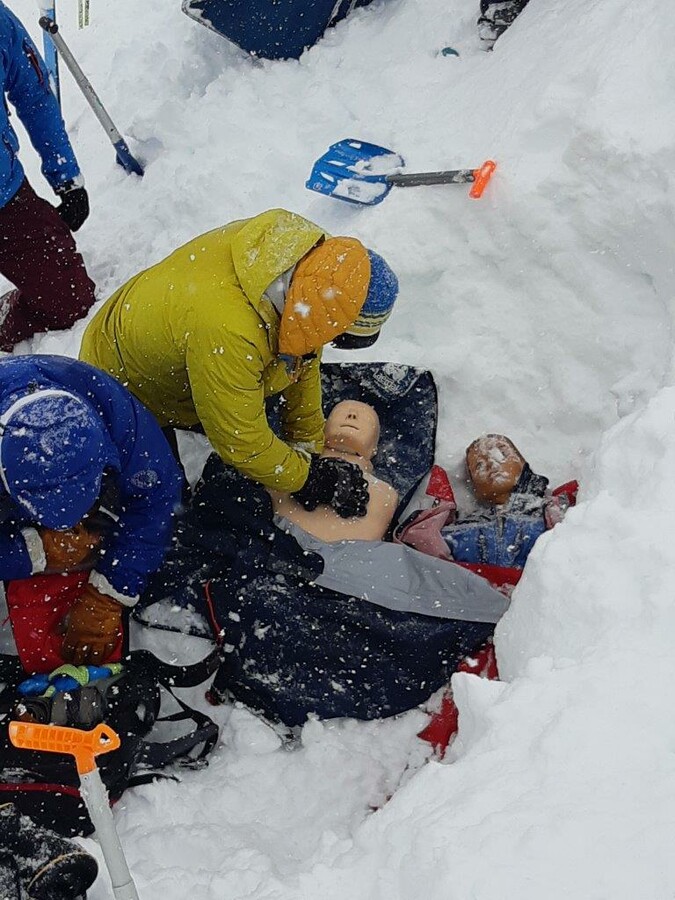Winter is finally here, the first snow has finally whitened the ground and it is even possible to ski in the Aravis, and even elsewhere! But have you checked all your safety equipment that has spent more than 6 months in the wardrobe?
It is not unusual to arrive at the beginning of winter and find that some of the equipment has not been serviced or maintained, which is a shame, because this equipment is essential for your safety.
So here are a few important points to check before you go and enjoy the first joys of winter!
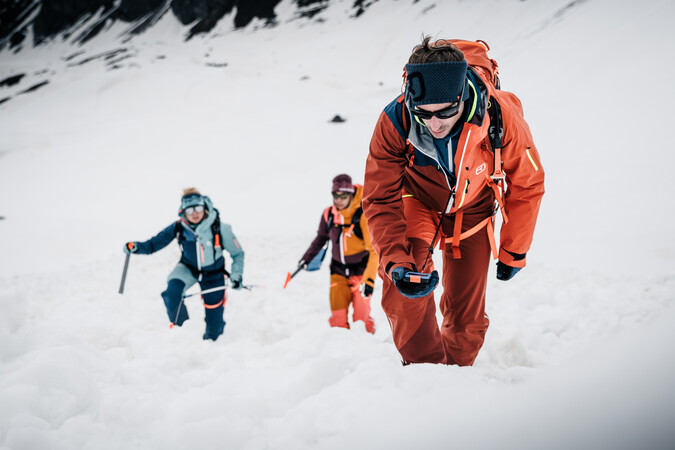
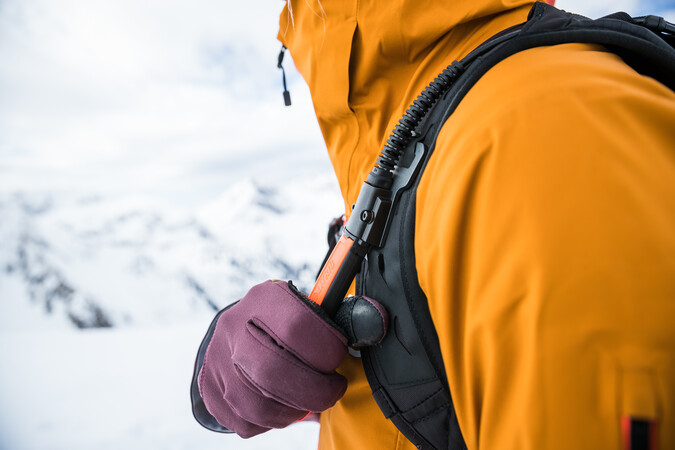
Check your avalanche airbag
Check that the cartridge is correctly filled (by weighing it without the protective flap): If the weight deviates by more than +/- 5g from the indicated value, the cartridge can be replaced by a specialist dealer
Perform a test trigger (without cartridge)
Carefully check the condition of the straps, buckles and airbag system
If your bag is more than 3 years old, do not hesitate to send it back to the manufacturer for a complete check.
IMPORTANT
Do you have an electronic airbag from another brand? Make sure you update the software to minimize interference during the avalanche transceiver search.
Checking Ortovox backpacks, see the tutorials: AVABAG service films: avalanche backpack tutorials | ORTOVOX
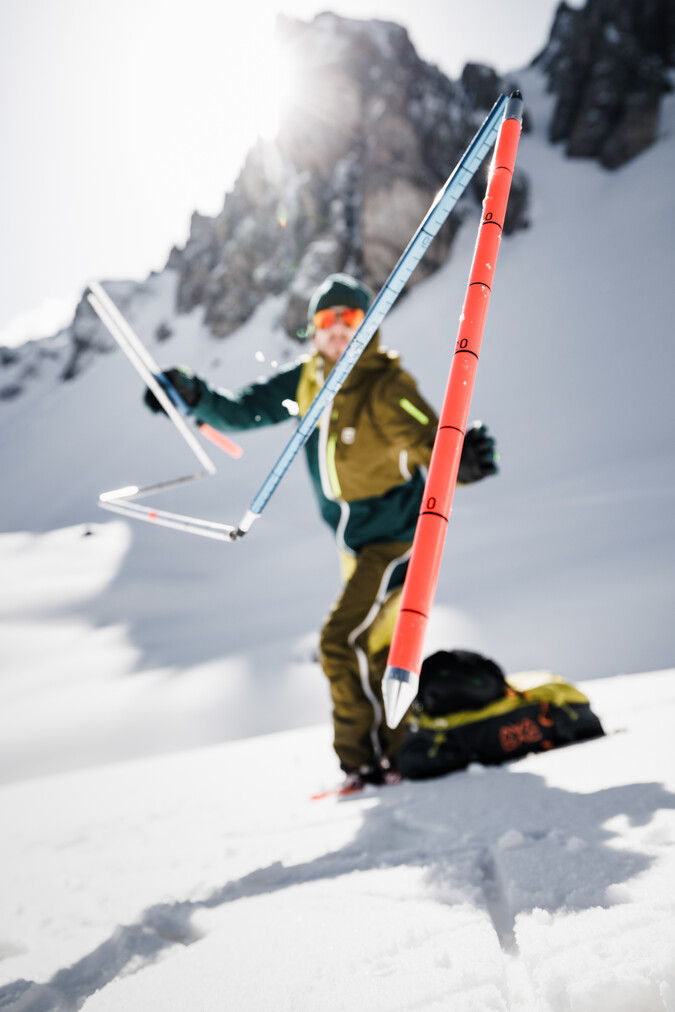
Check your shovel and probe.
Practice assembling your shovel and probe quickly
Check their functionality
Your shovel should have a metal bucket and a minimum telescopic handle.
The probe should be assembled very quickly, a 13mm diameter tube with a cable tensioning system is much stronger and more rigid.
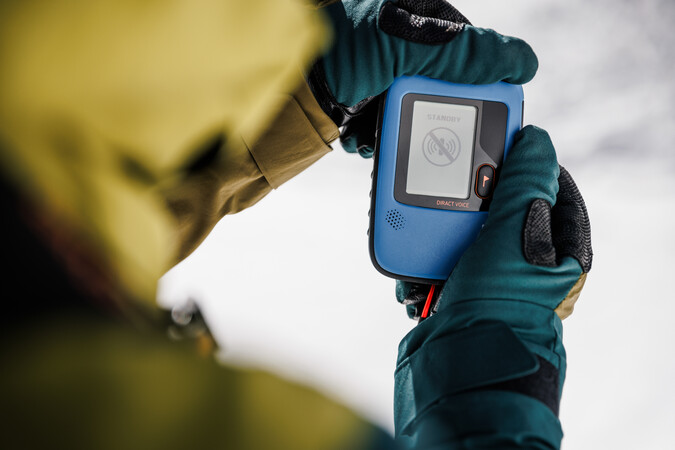
Check your avalanche transceiver
Fully charge the device (DIRACT) or insert new alkaline batteries only (older models)
If the batteries are leaking, send the unit to the service department
Update the software to the latest version
Turn on the unit and check the switches and buttons
Check the transmitter function and the search function with another avalanche transceiver
Check that no error messages are displayed at start-up
Check the general condition of the holster (stitching, attachment system)
Check the general condition of the case (cracked or faulty button)
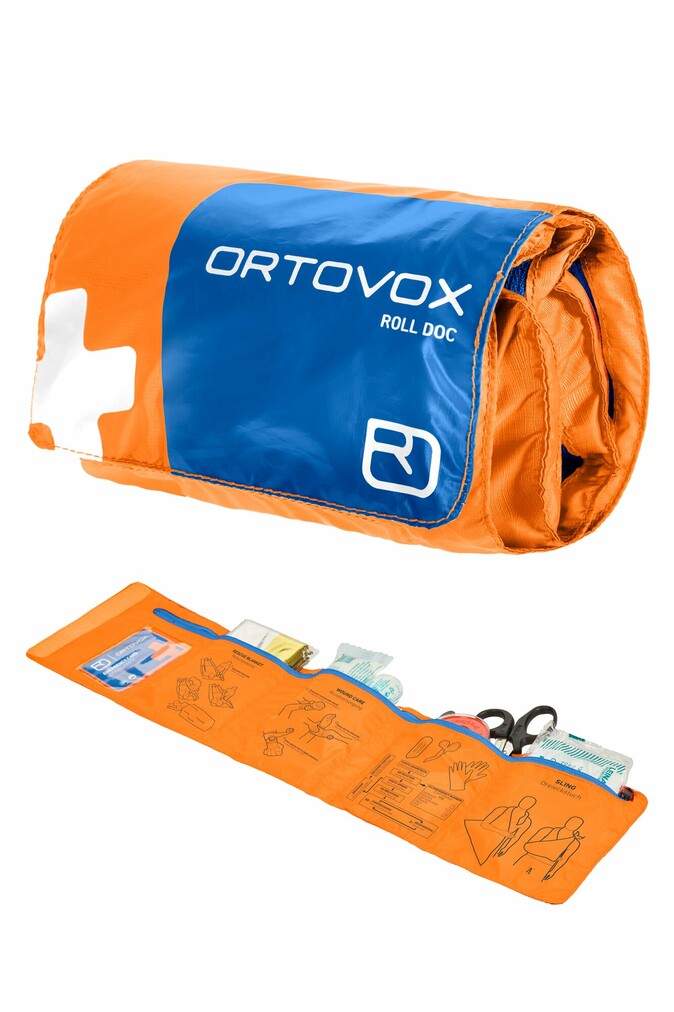
Check your first aid kit.
Size:
The size and weight of the first aid kit is important, but the contents should be appropriate for the trip and the number of people. Rollable first aid kits, such as the ROLL DOC from Ortovox, are particularly compact and space-saving.
Contents:
The first aid kit should be adapted to the type of outing and the number of people, so that it contains all the medical supplies needed in an emergency. Good quality contents are of paramount importance.
Clear organisation:
Clear structure and quick accessibility to the contents of the first aid kit save valuable time in an emergency. Thanks to the division into several compartments, the contents are clearly arranged, easily accessible and therefore quickly to hand.
Instructions for use:
Illustrations and instructions on the compartments of the first aid kit provide an overview of the contents and valuable help in an emergency. The emergency card provides further important information.
Weather:
If you are going to be in the wind and in bad weather, in the mountains or on glaciers, you will make the right choice with a waterproof first aid kit. This is the only way to keep the contents dry and usable in an emergency.
Specific area of application:
Every mountain sport has its own special features, but also its own special dangers. Sport-specific first aid kits such as the ROCK DOC combine the right contents for the specific area of application with the right container.
Some key points about the contents:
- Choose a quality survival blanket with good thermal capacity and durability.
Most blankets do not have a hole, they are not "threadable" like a sleeping bag for example, which presents a risk during the arrival of the helicopter which "blows" and makes the blanket fly if it is not wedged beforehand.
Do not hesitate to add a "Bivy" type survival bag, it will allow you to keep the victim warm while waiting for the rescue team.
- In the event of a shoulder injury, you can use an upturned jacket, a karabiner and a mountain strap to secure the shoulder.
- Opt for self-gripping bands such as "Coheban". This tape can also be used to attach a snow shovel handle to make a splint.
- Opt for physiological serum, which has a wider use than antiseptic.
- Opt for "hyrdocoll" or "mefix" which hold much better than "compeed" in case of foot blisters for example.
- Scissors: you can optimise weight and space if your multi-function knife has a good folding scissor.
-Choose a good quality, solid tape, which can be used at the bottom of your bag, for many situations.
- A headlamp
Check your emergency numbers and essential smartphone applications.
There is one sure sign of when to call for help: whenever you feel that you cannot solve a problem in the mountains yourself (accident, illness, distress). If you don't know if you need help or not, and you wonder whether you should call 112, don't wait!
In Europe, you can always dial the European emergency number 112. This number connects you with help. It does not have to be the control centre of the emergency services in each country, it can also be the police. There are national emergency numbers to go directly to the control centre.
Save the phone number at the top of your phonebook.
An Echo SOS application also allows you to alert the emergency services quickly and with immediate geolocation. In the event of an emergency call, the EchoSOS application transmits your location directly to www.echosos.com. Emergency centres around the world can then see where you are and send help directly to the right place.
Use the Météo France app or Grimms to receive avalanche danger forecasts for the Alps.
We hope this article will help you to be better prepared, please feel free to share it on your social networks!
Jérémy JANODY
